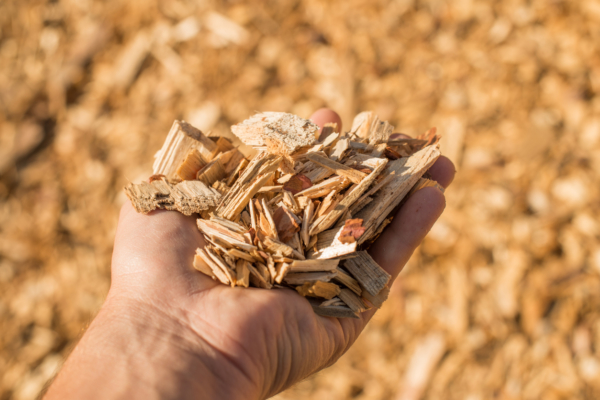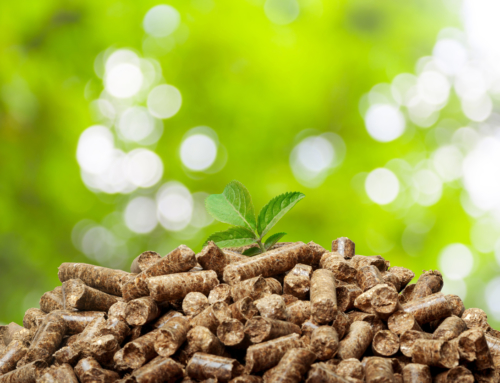What is Biomass?
Biomass, as a general term, is a renewable source of energy that comes from organic plant, animal, or human matter that can be captured, burned, and utilized as fuel. Solid biomass such as garbage can be burned to produce heat. Biomass that is converted into a gas, such as landfill gas, is called biogas. Biomass that is converted into a liquid such as ethanol is called biofuel. Combined, “biomass fuels provided about 5% of total primary energy use in the United States in 2018.”
Let’s look at these biomass fuels, where they can be found, and how using them can fuel our world while also helping to improve the only planet we have to call home.
Types of Biomass Fuels
All three biomass fuels can be turned into energy that will help to better our environment. Check out the difference between each type of biomass fuel:
Solid biomass includes:
- Wood (logs, chips, bark, sawdust)
- Agricultural waste (fruit pits, corn cobs, straw)
- Solid waste (garbage, food processing waste)
Biogas comes from the following:
- Rot and decay (dead plants and dead animals)
- Animal byproducts (fish oil, manure)
- Human waste (municipal solid waste, wastewater treatment sludge)
Liquid Biofuel encompasses:
- Ethanol (ethyl alcohol from fermenting cellulose, starch, or sugar)
- Biodiesel (alcohol with vegetable oils, animal fats, or recycled restaurant grease)
Since we can always grow trees and crops and both solid and human waste will always be produced, there is no finite amount of biomass available for us to use as energy.
How Biomass Fuels Can Help Improve the Environment

While replacing fossil fuels with biomass fuels is a worthy endeavor, it isn’t the only benefit. Even though full utilization of biomass fuels is still in its infancy, there are definitely benefits that can be seen now, as well as the many potential benefits they each may hold in the future.
The combustion of solid biomass does not increase the carbon dioxide in the global atmosphere. Biogas allows farmers to operate “off the grid,” can lower our reliance on utilities, and reduces greenhouse gas emissions. Liquid biofuels is renewable and biodegradable, is a superior lubricant, and has significant solvent properties. In addition, liquid biofuels can be mixed with conventional petrol and diesel which allows for the use of existing infrastructure.
What You Can Do to Support the Use of Biomass Fuels

So how can you support the use of this incredibly useful renewable energy source? Here are some suggestions:
- Use products produced with biofuels (cosmetics, detergents, nutritional supplements).
- Calculate and offset your carbon footprint.
- Make your own biodiesel at home.
- Give a contribution to an Environmental Fund.
- Request a grant for your organization to put toward a special environmental project.
- Learn more about sustainable practices you can implement today.
Finally, support the use of biomass fuels by enrolling in a high-quality and efficient utility service such as Spring Power & Gas!


